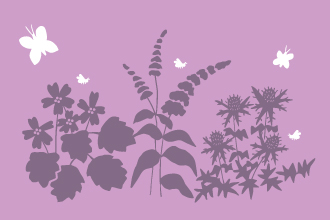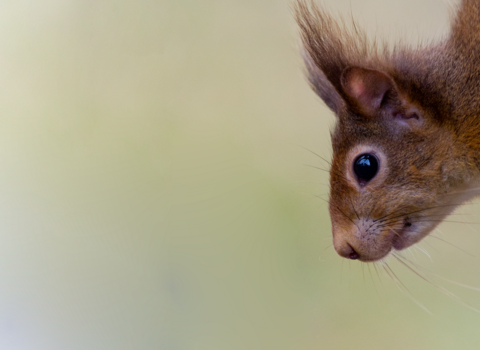Mining bees
In Britain there are around 65 species of bee in the genus Andrena, making it the largest bee genus in Britain. These bees are quite variable in size ranging from 5-17mm long but all nest in the soil. They have short pointed tongues and are characterised by the grooves running down the inside of their eyes. These mining bees collect pollen on their hind legs.
























